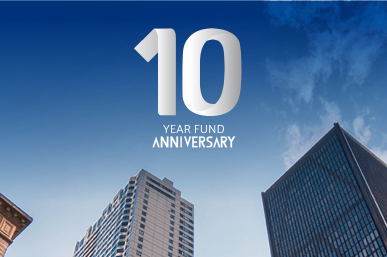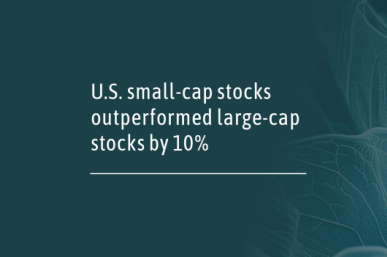
Trip Insights: LatAm (Part 2)
With so much to report from the trip, we split our insights into two parts. In part 1 of this piece, we highlighted some interesting political themes and observations from the trip that have influenced our ongoing investment in the region. In this second part, we explore the state of play for economics and infrastructure, as well as our portfolio positioning in LatAm.

Trip Insights: LatAm (Part 1)
This is the 17th in our series of Trip Insights, where we share our travel experiences. It follows a trip taken by Sarah Shaw, Global Portfolio Manager, to Latin America.

Quay reaches 10-year milestone with double digit returns
Quay celebrated its 10-year fund anniversary, returning 10.05 per cent per annum* since inception to investors in its Quay Global Real Estate Fund (Unhedged).

Investment Perspectives: Is the US headed for recession?
In financial markets, there’s always something to worry about.

Bennelong and Leadenhall launch ILS fund in Australia
Bennelong Funds Management and Leadenhall Capital Partners have now opened the LCP Insurance Linked Securities Fund for investment.

Investment Perspectives: Thinking about (REIT) timing
After a slew of favourable economic data points over the past several months, global central banks appear to be at the beginning of an interest rate easing cycle.

Small caps at historic valuation discount even after recent outperformance
In July, U.S. small-cap stocks outperformed their large-cap counterparts by a historically significant margin, catalysed by a cooler-than-expected US inflation read.

Skerryvore Asset Management acquires BennBridge Ltd
Skerryvore Asset Management, which became a boutique partner with Bennelong Funds Management in 2019, has acquired BennBridge Ltd in the UK (Bennelong’s UK subsidiary), effective from 1 August.

Trip Insights: The US
This is the 16th in our series of Trip Insights where we share our travel experiences. It follows Peter Aquilina, Portfolio Manager - Sustainability, as he travels through San Diego, Houston, Tulsa, Los Angeles, West Palm Beach, New York and New Jersey, meeting with management teams from tower communication companies, oil/gas midstream companies and regulated utilities.
